Rue Cortot, Paris





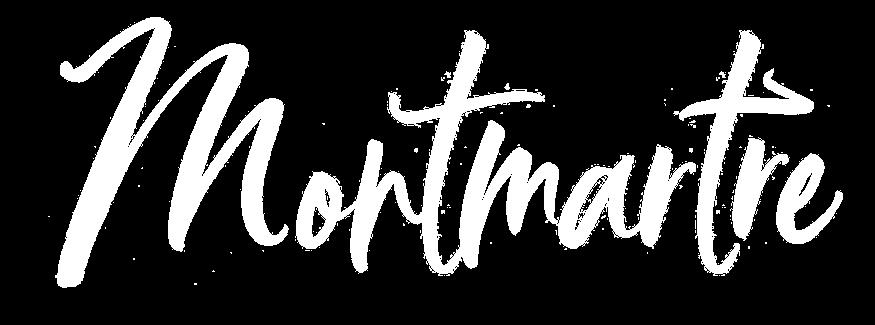 American Friends of Musée de Montmartre
Musée de Montmartre
American Friends of Musée de Montmartre
Musée de Montmartre
I am absolutely thrilled to present you with the first edition of Number 12 - a collaborative publication between the American Friends and the Musée de Montmartre. We wanted to create something that allows those who do not live in France or speak French to experience the Musée and the magical world it unlocks. As our editor, Sophie Evans, describes in her piece, Montmartre is a layered city. The ebullient, artistic world of the turn of the century is still there, hidden beneath the Montmartre of present day, but we need the Musée to access it.
The name Number 12 is a reference to the Musée’s address on the Rue Cortot. We chose it because it encapsulates the neighborhood’s layered nature, housing the studios of Renoir, Utrillo, and Valadon long before it became the Musée. It is my hope that this publication can be a guide for our friends – a guide to the Musée, its exhibitions, its gardens ... a guide to Montmartre as it existed over a century ago. Turn the page to hear fin de siècle expert, Phillip Dennis Cate, address the birthplace of modern art and Sophie Evans describe the storied nature of Montmartre. Learn about the “destroyer of paintings,” Charles Camoin, and take in the gorgeous works of Number 12’s own Utrillo, scattered throughout the pages.

Future editions will also include exclusive invitations to Museum events, and contact details and membership information can be found on the back cover.
We’re so excited to share this first copy of Number 12 with you, and I welcome any and all of your thoughts about what’s to come.
Jacqui MICHEL AFMM PRESIDENT
AFMM PRESIDENT


Montmartre became the birthplace of modern and contemporary art and the artistic center of avant-garde art, literature, and theater during the second half of the 19th century and the first decade of the 20th century.
These artists gathered in Montmartre cafés, exchanging ideas and engaging in discourse. The precedent of avant-garde artists both meeting in and depicting Montmartre cafés was established by the Impressionists in the 1870’s. The Café Guerbois, the Café de la Nouvelle Athènes, and the Café Rat Mort were regular gathering places for Degas, Renoir, Manet, and Monet. Manet’s apartment and studio were just south of the Place Clichy, and, between 1875 and 1876, Renoir rented studio space in what is now the Musée de Montmartre at 12-14 rue Cortot. It was there that Renoir painted Bal du Moulin de la Galette, La Balançoire (Paris, Musée d’Orsay), and Le Jardin de la rue Cortot (Pittsburgh, Carnegie Institute Museum of Art).
the early 1880s as the focal point of avantgarde artistic and literary life in Paris.
In the 1880s, Rodolphe Salis promoted the Chat Noir cabaret with its important, proto-cinema shadow theater as “the most extraordinary cabaret in the world” and Montmartre as “the center of the world.” He was not completely exaggerating. With their avant-garde themes of cafes, bars, circus, dance halls, prostitutes, and everyday life depicted in seemingly spontaneous strokes of pure pigments of oil, watercolor, or pastel, Montmartre Impressionists such as Manet, Degas, and Renoir exerted their influence on a new generation of Montmartre artists, writers, and musicians who were drawn to and/or generated the activities of the Chat Noir in a bid to be “modern.”
The Chat Noir cabaret and its habitués were the principal forces behind the emergence of Montmartre in the early 1880s as the focal point of avant-garde artistic and literary life in Paris.
The center of Montmartre café life was the Chat Noir cabaret, which was founded at the end of 1881 by the failed artist, Rodolphe Salis. He proclaimed it a “cabaret artistique” and invited young artists, writers, composers, and musicians to use it as their base of activity. The Chat Noir cabaret and its habitués (especially the proto-Dada/ Surrealist group of artists and writers called the “Incohérents”) were the principal forces behind the emergence of Montmartre in
When we evaluate turn-of-the-century art in France, the artists who stand out as major contributors to Western art – Mary Cassatt, Georges Seurat, Vincent Van Gogh, Henri de Toulouse-Lautrec, Suzanne Valadon, the Nabis, Pablo Picasso, Marcel Duchamp, and Amedeo Modigliani – all evolved out of the Montmartre cultural matrix. In fact, when Picasso, Duchamp, F. Kupka, Juan Gris, Kees Van Dongen, and other future 20th century avantgarde artists first came to Montmartre around 1900, they already had knowledge of and were influenced by the styles and subject matter of the previous generation of Montmartre artists such as T.A. Steinlen and Toulouse-Lautrec. Monochromatic art and conceptual art, which are dominant elements of 20th and 21st century art, derive directly from the art produced by the incredible group of Montmartre artists and writers at the end of the 19th century called the “Incoherents.” For at least a quarter of a century, Montmartre was the center of the world for Western art and culture, and its contributions reverberate strongly even today.

WERE HONORED TO PARTICIPATE IN A PRIVATE VIRTUAL SALON WITH FIN DE SIÈCLE EXPERT, PHILLIP DENNIS CATE

HOSTED BY PHILLIP DENNIS CATE
WEDNESDAY,MAY 11, 2022
12PM EST
Attendees learned about the hidden world of Montmartre’s artists: the cafés and cabarets they frequented, the story behind the Chat Noir, and how their world became the turn of the century center of Western art and culture.
Phillip Dennis Cate is a widely published specialist of 19th century French art whose expertise covers Montmartre, sculpture, and Japonism. He has organized programs for international institutions such as The Bibliothèque Nationale, Paris; The Hermitage Museum, St. Petersburg; The Russian National Library, St. Petersburg; The Van Gogh Museum, Amsterdam; The National Museum of Japanese Art, Tokyo; and The Imperial Household, Tokyo. Previously the Director of the Jane Voorhees Zimmerli Art Museum in New Jersey and a Curator of Special Exhibitions and Consultant for the Collection and Renovation of the Musée de Montmartre in Paris. Cate now works as an independent curator and critic.
Sophie Evans explores the past and present dualities of the Montmartre cityscape.
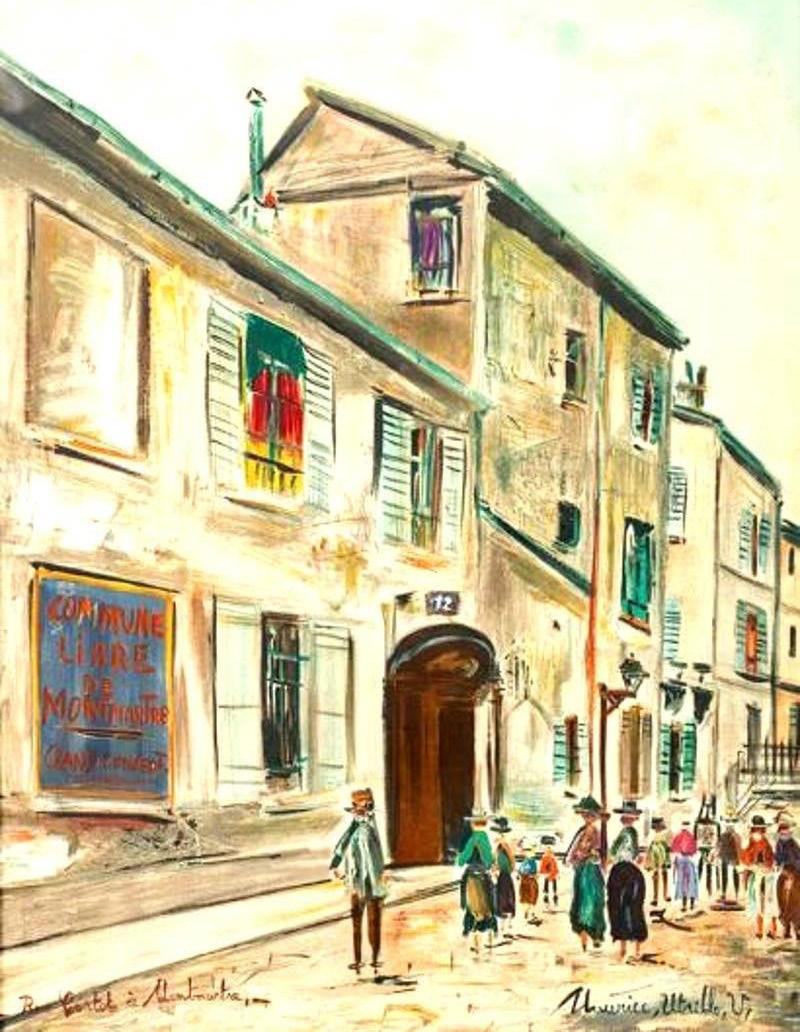
“For the ground floor belongs to the fashionable; the poets, musicians, and painters prefer the third floor, where the piano moans, the violins sing, sonnets burst forth in resonant fireworks…
The second floor, between heaven and earth, between the bourgeois customers on the ground floor and the empyrean artists on the third, is where the journal Le Chat noir is edited.” So wrote Émile Goudeau in 1886, five years after Rodolphe Salis invited him and his group, The Hydropathes, to be the first artists and writers in residence at his new cabaret. The layered coexistence Goudeau describes applies equally well to the entire Montmartre neighborhood.
We can project the three stories of Le Chat Noir onto the natural landscape of Paris, where climbing the hill, “la Butte,” equates to mounting the cabaret’s stairs. With each step, Belle Époque artists left behind the

bourgeois of Paris’ ground floor in exchange for the studios, cafés, theaters, restaurants, and cabarets that made up the Montmartre heavens.
On la Butte of today, those stories have been inverted. The world of the artists exists beneath a top layer dominated by tourists and residents – our era’s version of “the fashionable.” Maps of present day Montmartre attempt to present this storied nature, meticulously marking memorial alongside the quotidian. There is the atelier of Fernand Cormon at 10 Rue Constance, where Toulouse-Lautrec studied painting in 1882; the attic room at 6 Rue Cortot, where Erik Satie composed Les Gymnopédies in 1882; the Lapin Agile cabaret at
With each step, Belle Époque artists left behind the bourgeois of Paris’ ground floor in exchange for the studios, cafés, theaters, restaurants, and cabarets that made up the Montmartre heavens.On the Left and Right, we find Number 12 Rue Cortot, as captured by Utrillo in a lithographic poster and as it exists today, the Musée.
22 Rue des Saules, bought by Aristide Bruant in 1903; and, of course, the Musée de Montmartre at 12 Rue Cortot, where Auguste Renoir, Maurice Utrillo, Suzanne Valadon, and Raoul Dufy all had studios.

Street signs bearing names of past and present allow visitors and Montmartrians alike to navigate the neighborhood in the layer of their choosing. Establishments have dual identities: what they once were and what they are now. 22 Rue des Saules, for instance, was previously À Ma Campagne, and it is there that Lautrec drank copious amounts of absinthe. 18 Rue des Saules was Aux Billards En Bois before it became La Bonne Franquette of
today. It is there that Renoir painted La Balançoire and also where Lautrec met up with Van Gogh (and drank copious amounts of absinthe). In other cases, names stay the same, but the nature of the place changes. There is a Chat Noir on the Boulevard de Rochechouart, but it is more tourist-trap than true cabaret. We might, therefore, think of the maps and of Montmartre itself as a type of palimpsest. Instead of a manuscript featuring layers of primary sources, we have a neighborhood exhibiting layers of establishments over time. In either case, the layers have been bound by a common location that allows them
to relate to one another. Looking at Montmartre as a palimpsest allows us to explore a place whose past continues into the present. Number 12 is itself a microcosm of this phenomenon, at once a former studio and a museum, whose material extends far beyond the lives of its former inhabitants. We might also think of the Musée as the modern equivalent of Goudeau’s second floor: a space somewhere between heaven and earth that presents the artists’ world to the outsider. While Montmartre’s maps and signs aid in navigating this world, it is only through the Musée that we can first gain entry.
ESTABLISHMENTS HAVE DUAL IDENTITIES: WHAT THEY ONCE WERE AND WHAT THEY ARE NOW.
On the Left and Right, we see the Rue Cortot as it is today and as Maurice Utrillo painted it over 100 years ago. Below, we find the Sacré-Coeur, as captured by Utrillo in 1944 and by a tourist in 2021. Present day images courtesy of The Modern Postcard.



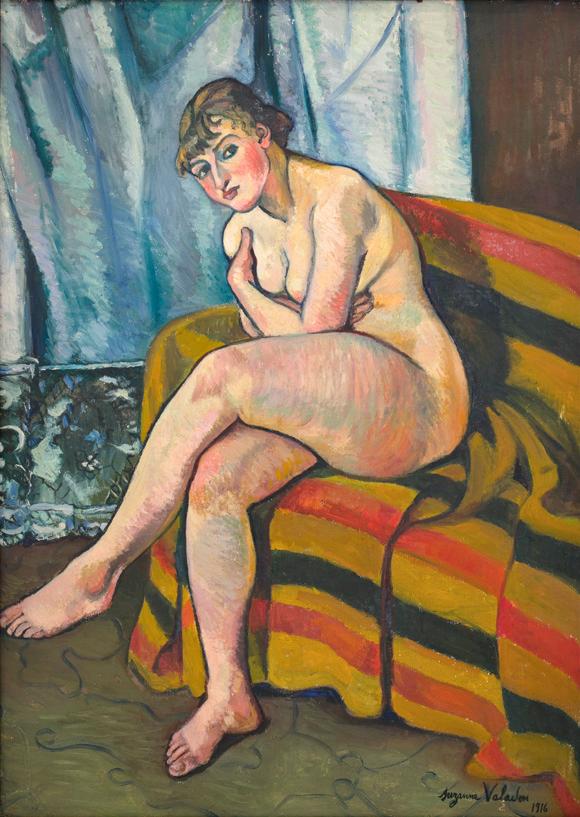

 Valadon, Nu Assis sur un Canapé, 1916.
Valadon, Nu Assis sur un Canapé, 1916.


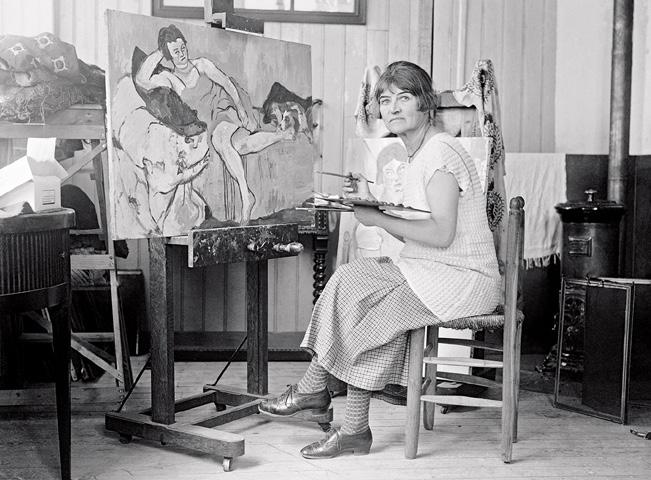

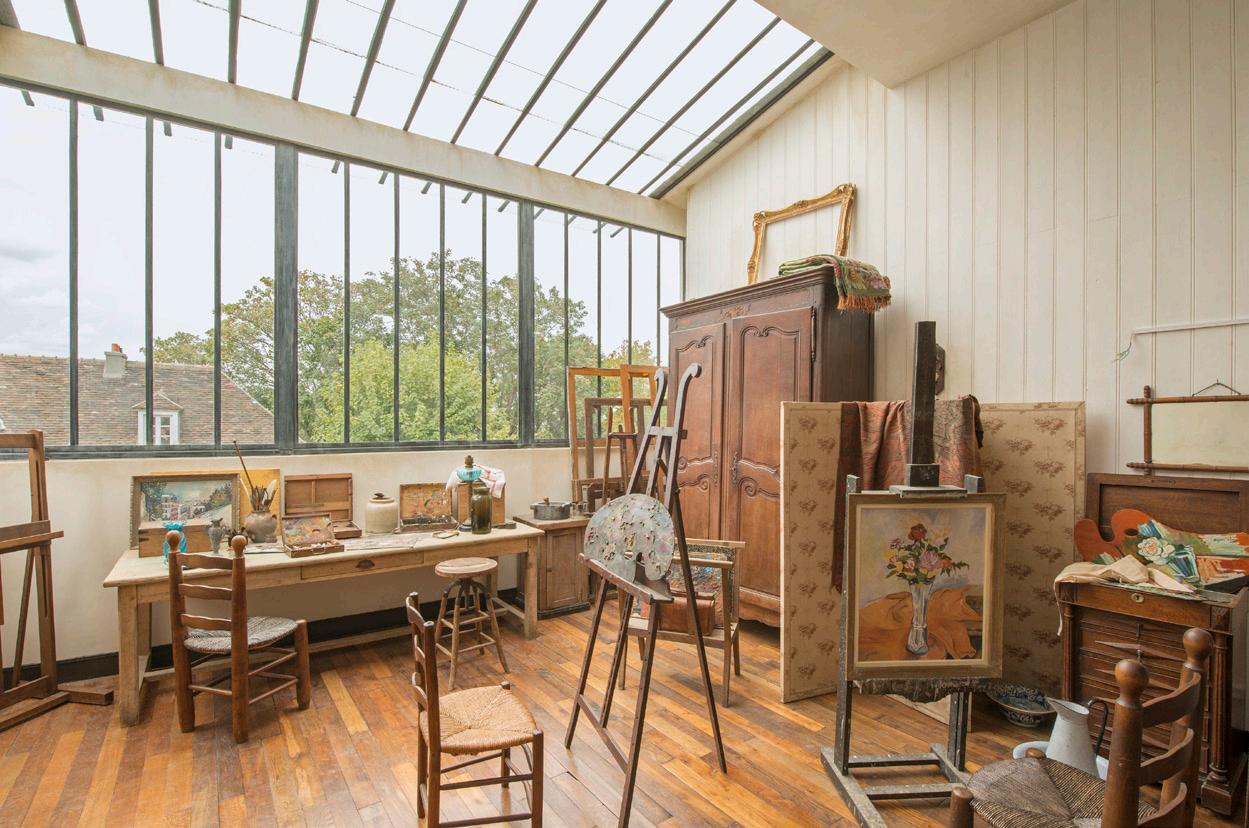
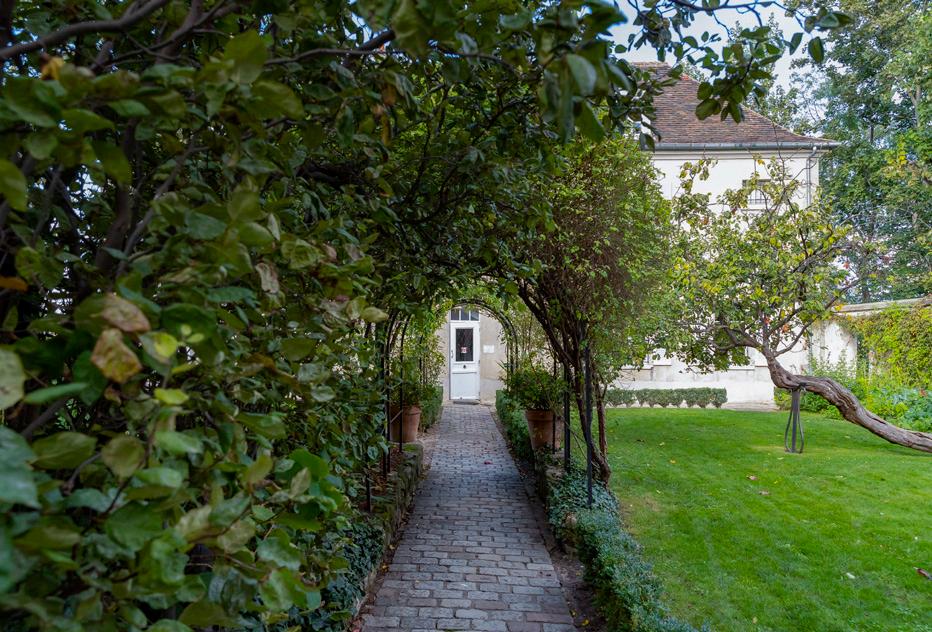
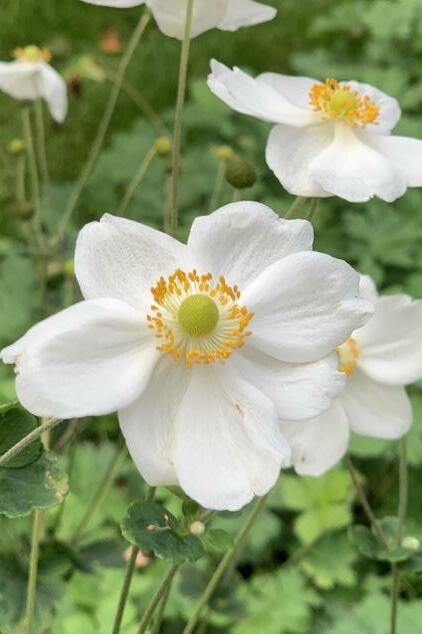
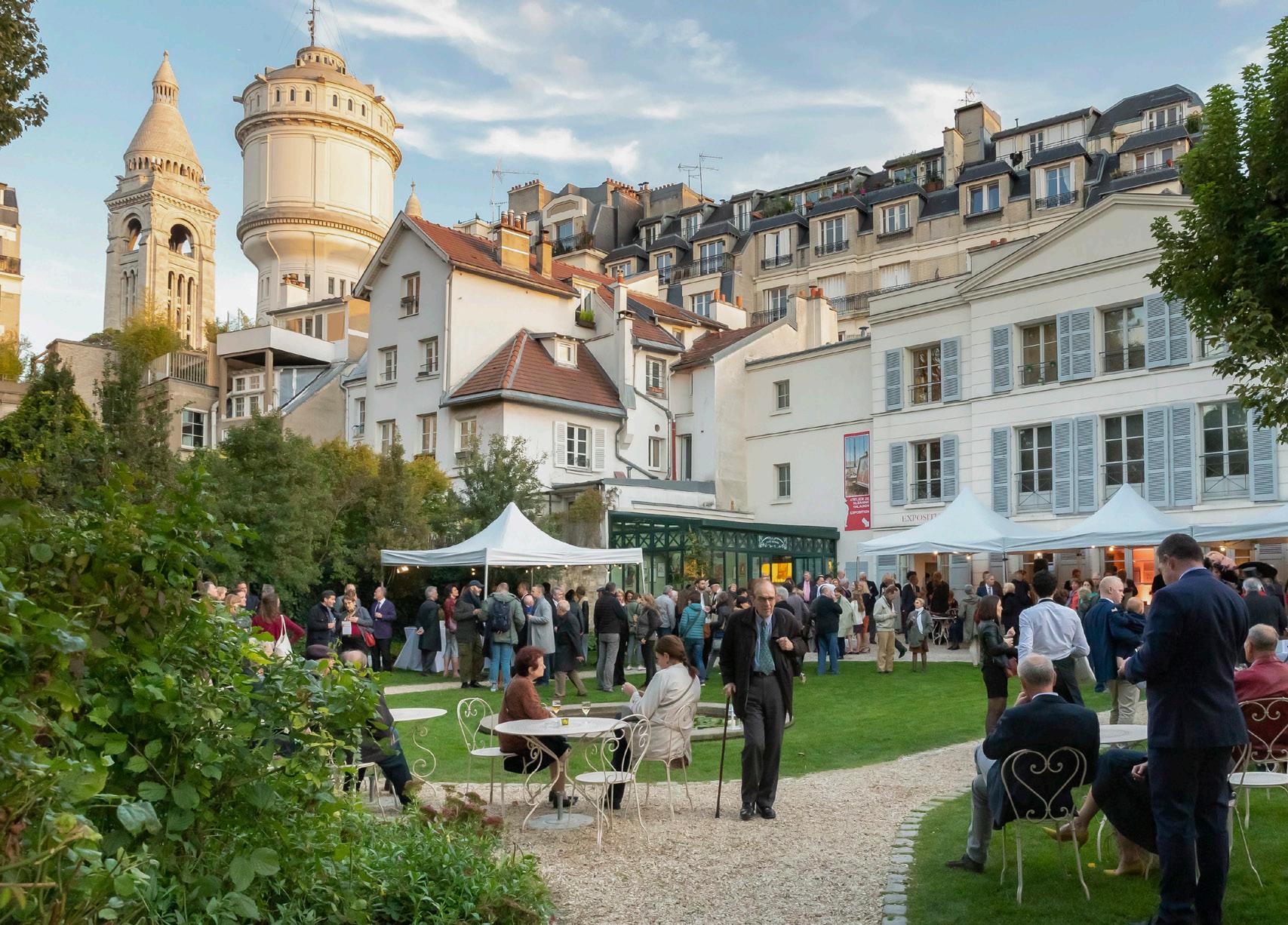



The Musée de Montmartre’s new Charles Camoin exhibit appeared prominently in the culture section of April 4’s edition of Le Figaro. Running from March 11 through September 11, the exhibit presents the paintings and drawings of the self-proclaimed wild beast, “un fauve en liberté.” Camoin’s career began at the École des Beaux-Arts in Marseille before he moved to the École Nationale des Beaux-Arts in Paris, joining the studio of Gustave Moreau, where he met Matisse, Marquet, and Manguin. These artists would form the core of the Fauvist movement, which favored strong color and bold strokes over the impressionist style.
Camoin would remain fiercely independent, spurning the emerging Cubism, until, in 1914, an artistic crisis prompted him to destroy his studio, tearing apart and disposing of around 80 pieces. Those pieces were mysteriously reconstructed and, later, appeared in the sale of Francis Carco’s collection. Camoin’s subsequent legal proceedings in many ways prefigured our modern understanding of intellectual property. Reinvigorated, Camoin returned to his bright palette, and critic Guillaume Apollinaire deemed his subsequent works to be among his most interesting.

The Musée currently houses about 100 of Camoin’s paintings and drawings, whose vibrant style is matched only by the artist’s “wild” life.

ALLOW THE MUSÉE TO INTRODUCE YOU TO CHARLES CAMOIN (1879-1965): ICONIC MONTMARTRE ARTIST, FRIEND OF THE IMPRESSIONISTS, DESTROYER OF PAINTINGS, AND SELF-PROCLAIMED “WILD BEAST.”
The work of Charles Camoin returns to Number 12 this year, 114 years after he first rented a studio here in 1908. The exhibit will run until September 11th, 2022.

The Musée is the lens through which we gain access to the true Montmartre. Join the American Friends as we explore the world of artists, alcholics, writers, satirists, prostitutes, and patrons as it existed at the turn of the century. Take your first step towards Number 12 today.
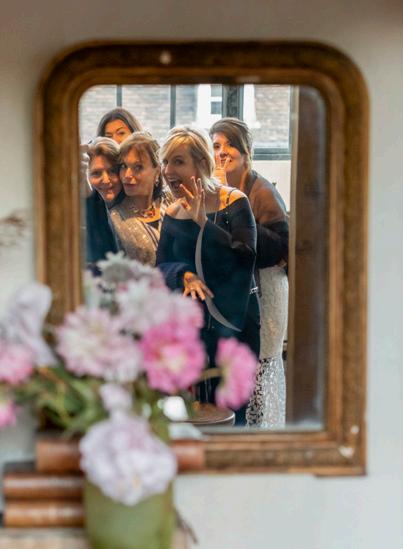
Jacqui Michel– President
Patricia Nebenzahl – Vice President
Phillip Dennis Cate
Timothy Hanford
Dennis and Adrienne Hensley
MUSEUM STAFF
Geneviève Rossillon - President of Musée de Montmartre
Fanny de Lépinau – Executive Director of Musée de Montmartre
Noémie de Laporte –Sponsorship Associate
Clément Landeau –Sponsorship Associate
EDITORIAL
Sophie Evans - Editor in Chief
Tim Kling - Art Director
FOUNDING MEMEBERS
Lisa Adkins and Tom Murphy - Dr. Susan AscherBetty and Jimmy Baird - Phillip Dennis Cate - Jim and Mary Clark - Barbara Crocker - Sandy and Cliff Deitch
- Daniel Edelman - Victor Figueredo - Michael Joy and Deborah Fischer - Constance Franklin - Spike Fuson
- Timothy Hanford - Michele Hartlove - Adrienne and Dennis Hensley - Tracy La Violette - Emmanuelle
Le Bigre - Frances Luessenhop Usher - Maureen Macfadden - Cinnamin Malone - Tamsin May - Merck Foundation Matching Grant - Andrea MontoneRinaldi - Patricia Nebenzahl - David Papazian - Krissy Pittman - Debra Principi - Mary Ellen Rotondo - Jill and Fred Schwartz - Janet Shatz - Sidney Stolz - Sara Stone Psihas - Nena Thayer - Allyson Waldrep - Gail and Dale Walsh - Jacqui Michel and David Weisman
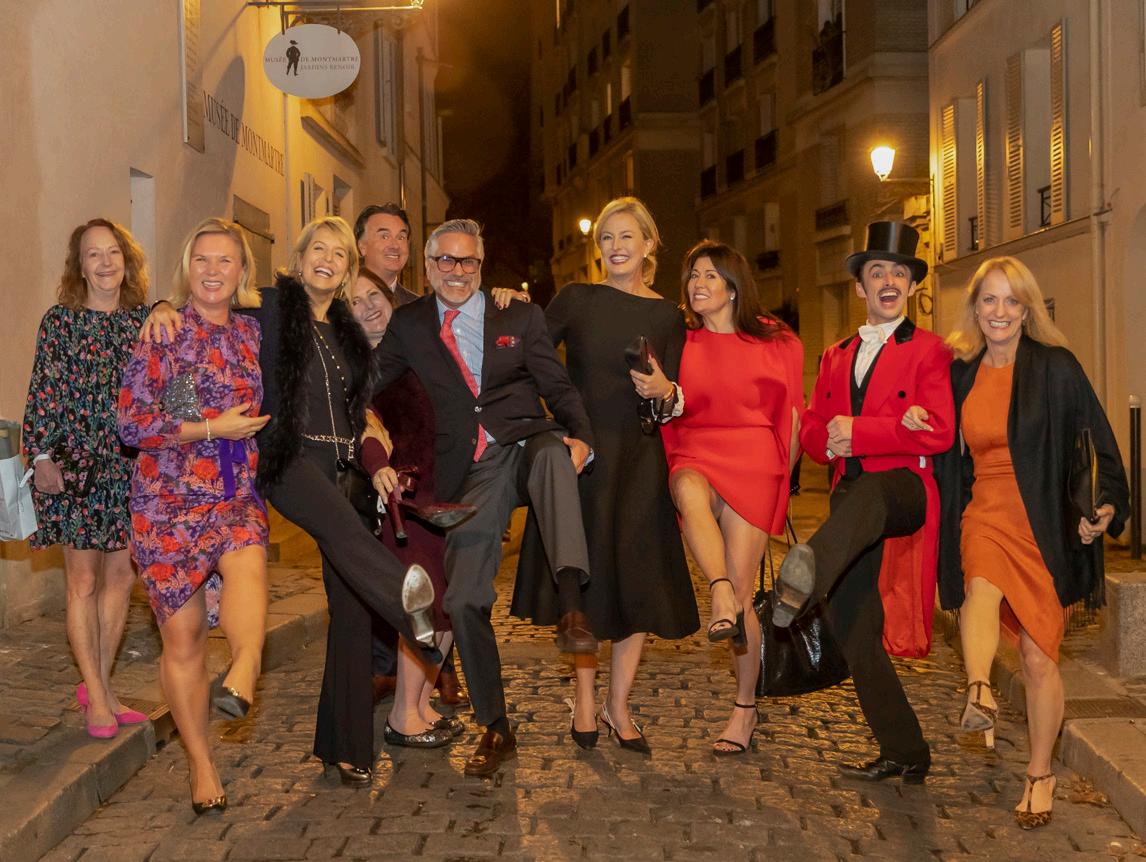
- Jonathan Weisman - Vicki and Robert WeismanMichelle Welty - Patricia White - Ellen Wilson - Julie Wilson - Gary Zuercher
AMERICAN FRIENDS OF MUSÉE de MONTMARTRE
fondation@museedemontmartre.fr
MUSÉE DE MONTMARTRE
infos@museedemontmartre.fr Museedemontmartre.fr